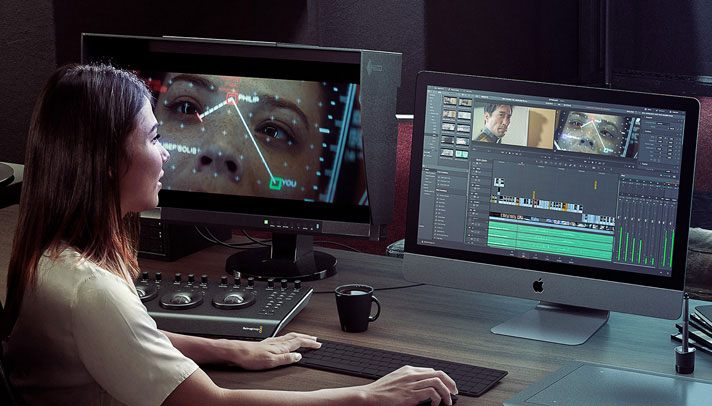

If you need to change the audio settings or the file settings, you do that by hitting the audio or file button, which will swap out the sub panel here. But if you were ever to render the file for offline viewing, you would need something with less compression you can change that here. The initial YouTube preset will restrict your bitrate to 10,000 kbs, but if you want that extra bit of clarity at the cost of a larger file, you can get it. As stated in the YouTube online help section, YouTube’s preferred online format is Quicktime with an H.264 codec - Resolve has automatically set that for me. However, you can also customize each setting, so let’s look at our options. Resolve has changed the render settings to conform to YouTube’s suggested upload format, so essentially, all we need to do is specify the location, and we’re good to upload. Since 4K is slowly becoming the norm, that option is available on the drop-down menu on the YouTube tab.

In this example, my video is going straight to YouTube and nowhere else. You can choose from YouTube upload or audio only, and most upload presets will only need you to click “start to render.” Resolve helps streamline that process with a set of one-click presets. One video is telling you to render at this setting, another article is telling you make sure you export in this format - it can quickly get confusing.

I remember when I first started making films, render settings were always a bit of a mystery to me. From filename and location to codec and bitrate, it’s all confirmed in this panel.

This will be your first port of call when opening the delivery page. Let’s have a look at the render settings panel first.


 0 kommentar(er)
0 kommentar(er)
